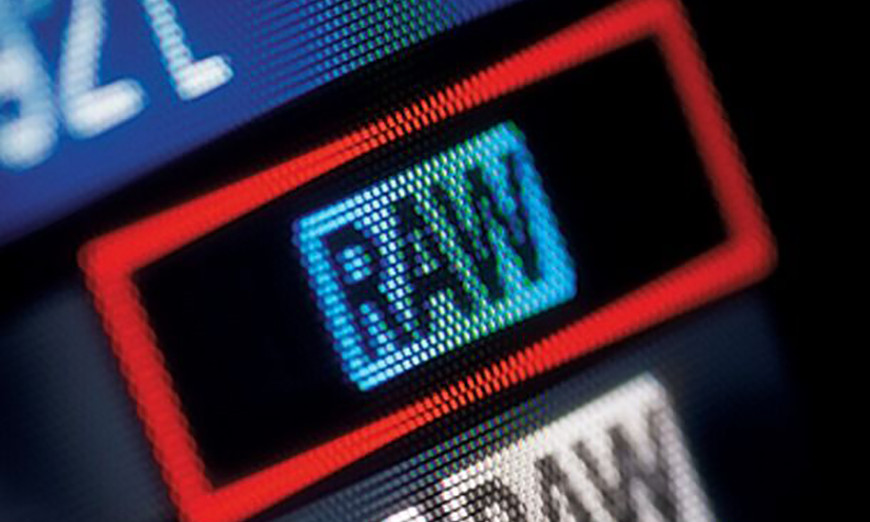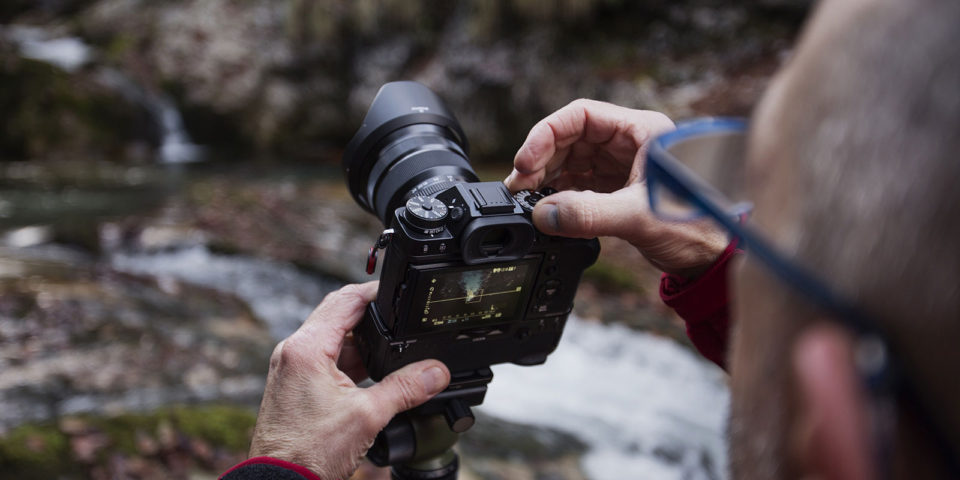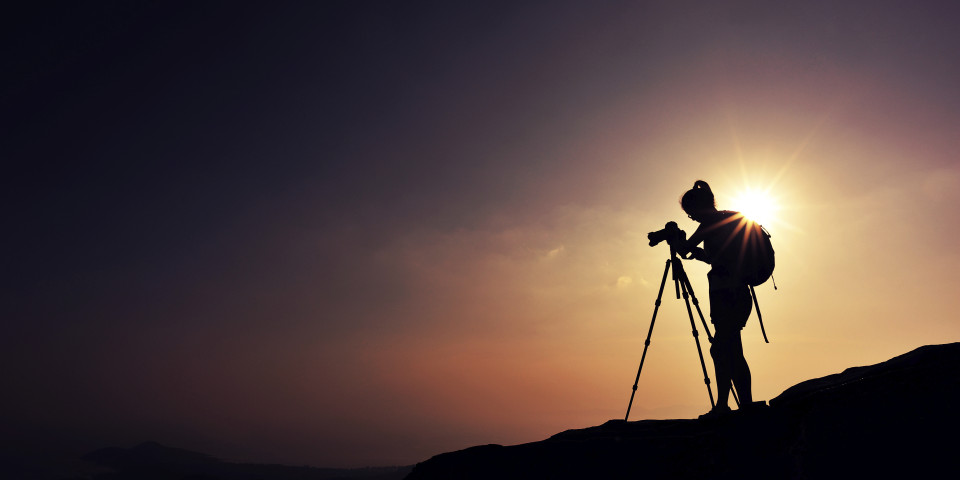At some point in our photographic journey we hear the Saga of RAW vs JPEG. It’s a popular refrain, so let’s look at the benefits of each, starting with RAW in this article.
RAW means ‘not processed’. When we look at the LCD on our camera, or at the pictures on our smartphone, we are seeing processed images. They’ve had adjustments made to them, perhaps arbitrarily, perhaps by design, but the images are processed. Shooting in RAW means that YOU, the artist, takes on the responsibility to decide how the final image will look. If that suits your mien, then RAW is your mode. RAW needs to be prepared, or cooked, if you will.
A RAW image must be processed. There is actually no image until the file gets put through a RAW converter. Every manufacturer uses a different converter and often the converters are different for different camera models. This makes sense because sensors and in camera processors differ. The converter interprets the bits and turns them into an image. The image will be flat, low contrast, have low saturation and even be a bit soft. Processing still has to be done. The joy and beauty of this structure means that you get to define the outcome, it’s not done in advance by a program or a preset.
RAW also means that work is required. You open your image in an editing program that includes a RAW converter and then start to work on it. Worried about colour temperature? Don’t be, there isn’t one defined. Worried about exposure being out a bit? Don’t be. All the recorded data is there for you to manage. Want to lift shadows, reduce highlights, or increase tonal contrast. No problem, it’s all there for you.
When processing a RAW file to outcome, you will choose your white balance, your exposure curve, your contrast curve, your highlights, your shadows, your white point, your black point, your level of clarity, your level of saturation, your level of vibrance. You will also choose the amount of sharpening and the amount of digital noise reduction. You have near unlimited power because you get to control everything! If you’d like, this is where you utter the maniacal laughter.
Why would anyone take on this much work? The artist who decides to shoot in RAW has decided not to let another entity define their outcome. That artist decides the mood, the tone, the story and the process behind the image. Digital photography returns the power of the complete photographic process to any photographer who wants to fully own the image he or she has created. No longer are we constrained by chemistry, darkness, stench, prolonged waiting, failed experiments and frustration. We can make decisions right away, decide if we like them or not and even push reset and try something different.
The greatest photographers in history, such as Ansel Adams, would shoot in RAW if alive today. It’s what they did in their day, controlling the image capture in camera and the processing of the image in the darkroom. A photographer who shoots in RAW and engages in the processing of his or her images is like a painter or a sculptor, the final outcome is decided by the artist.
RAW files are larger than JPEGs. They take up more space on the memory card. Storage is so inexpensive now, that the storage space argument is completely spurious. RAW files deliver all the data and all the dynamic range that the camera is capable of delivering. This is unlike an out of camera JPEG where as much as 70% of the original image data is permanently discarded before you see anything.
How do you decide if RAW is right for you? It’s quite simple really. Ask yourself these three questions. If you answer YES to all three, RAW is your path.
- Do I want complete control over all aspects of the image creation process?
- Am I willing to invest time to make the best possible photograph that I can make?
- Do I want to really understand digital photography as a form of making art?
These aren’t technical questions, nor should they be. It’s not about megapixels or speed of autofocus or even exposure latitude. Those are feeds and speeds and while potentially interesting, they do not inherently make better photographs. You do. If this conversation resonates with you, then set your camera to RAW and have at it. If not, check for the follow up article on JPEG.


